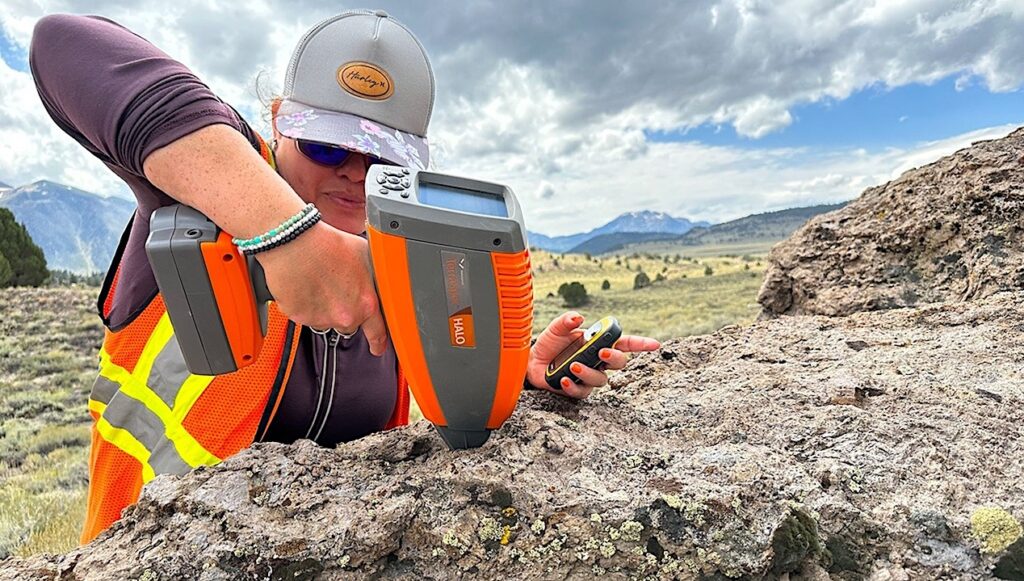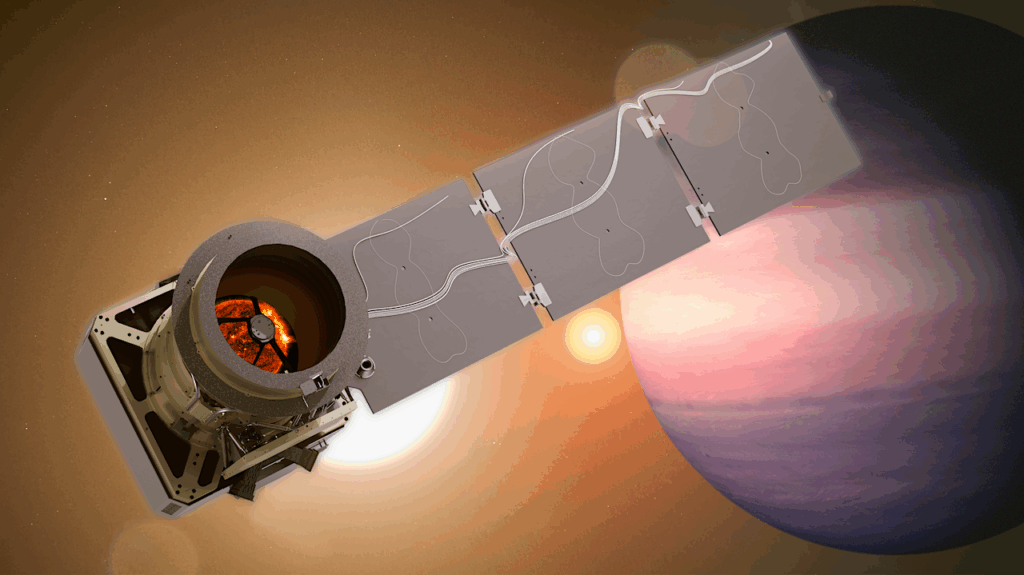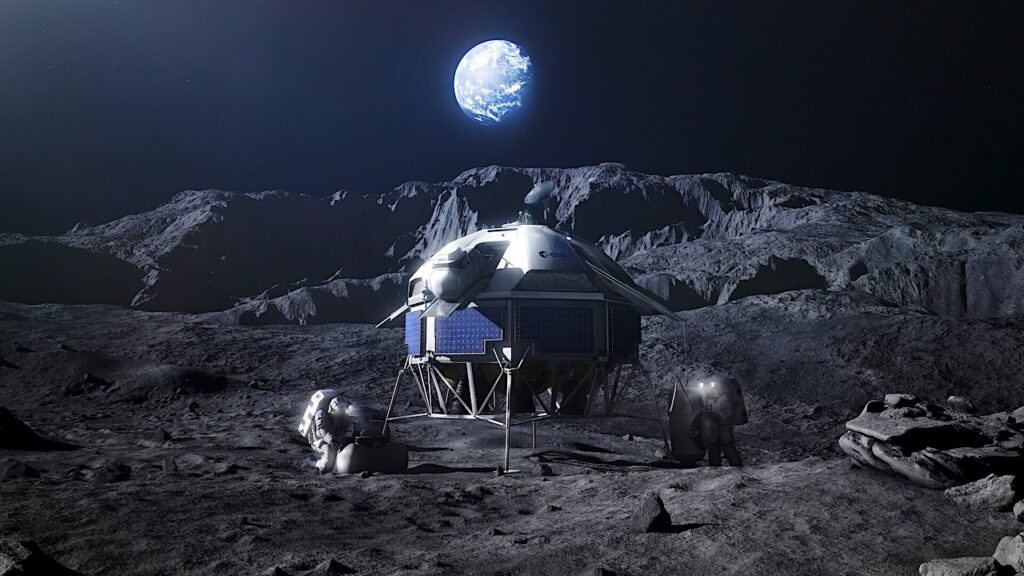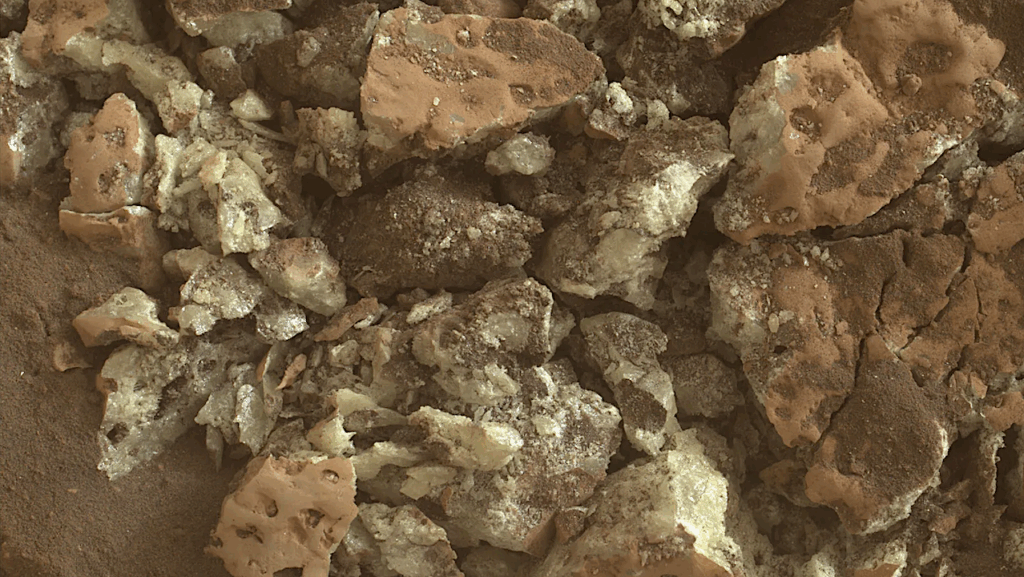The Future of the Planetary Science Analysis and Assessment Groups (AGs)

Editor’s note: on 16 January 2026 NASA Planetary Science Division Director Louise M. Prockter: distributed this letter “The Future of the Planetary Science Analysis and Assessment Groups (AGs)” These are the current NASA Planetary Science Analysis Groups listed by NASA – just in case that page goes away (it happens a lot at NASA these days).
- Extraterrestrial Materials Analysis Group (ExMAG)
- Lunar Exploration Analysis Group (LEAG)
- Mapping and Planetary Spatial Infrastructure Team (MAPSIT)
- Mars Exploration Analysis Group (MEPAG)
- Mercury Exploration Assessment Group (MExAG)
- Outer Planets Assessment Group (OPAG)
- Small Bodies Assessment Group (SBAG)
- Venus Exploration Analysis Group (VEXAG)
In addition to the Planetary Advisory Committee (PAC), NASA’s Planetary Science Division (PSD) receives feedback through analysis/assessment groups (AGs). The AGs are community-organized groups, not authorized by the Federal Advisory Committee Act (FACA), that provide feedback to PSD, but not formal recommendations.
———————–
Posted January 16, 2026
Dear Colleagues
Over the past year, NASA’s Science Mission Directorate (SMD) and Planetary Science Division (PSD) have undergone many changes, including my arrival as PSD Director in April 2025. It is my honor to serve the planetary science community, which has long been my professional home, in this new role. One of my top priorities has been determining a future path for the PSD Analysis and Assessment Groups (‘AGs’)—specifically defining the nature of their relationship with PSD.
For many years, the eight PSD AGs have served as community-based, interdisciplinary bodies responsible for providing science input and analysis needed to plan and prioritize NASA planetary science research and exploration activities. Open to all, these groups have fostered collaboration, built consensus, and strengthened ties across the planetary science community. The full significance of the AGs to NASA—to both PSD and the Explorations Systems Development Mission Directorate (ESDMD)—is difficult to quantify, but the primary values include:
- Sustained channels for trusted two-way communication between NASA and the planetary science community;
- Agile mechanisms for creating Special Action Teams or obtaining technical assessments, on topics of immediate interest to NASA;
- Fostering a cadre of community members, including early-career scientists, who are cognizant of NASA’s functions and processes, and building leaders in the planetary science community; and
- Organization of (and repository for) the planetary science community’s consensus opinions and assessments.
Currently, the AGs operate under NASA-endorsed Terms of Reference (available on the AGs’ websites) and they receive financial support for some of their activities (including meeting logistics, community and steering committee travel awards, partial Chair salary, and website support), provided via a grant to the Lunar and Planetary Institute. Several recent changes in the NASA landscape, however, make continuing the current support and operations model infeasible. These changes include: Executive Orders; elimination of formal Advisory Committees, including the Planetary Science Advisory Committee, to which the AGs used to report; changes in grant administration rules; and a highly constrained PSD budget.
With all these considerations, over the last year, we in PSD have been evaluating potential options for the AGs—with the aim of retaining as much of their primary value as possible, consistent with applicable laws and policies, while substantially reducing the budgetary commitment from PSD. Unfortunately, despite the recognized value of the AGs, PSD can no longer formally support the AGs.
Although the current grant mechanism that supports AG activities will cease toward the end of April 2026, we plan to maintain some funding for specific community activities that are of the most value to PSD and NASA after that time. For example, it may be possible to request a small amount of funding to support community meetings or workshops via a future competitive solicitation. I also plan to continue two-way communication with the community, e.g., at conferences and other organized meetings. In addition, we may solicit scientific analyses/assessments from the community on an ad-hoc/as-needed basis—and will use other funding mechanisms to provide support for the selected membership of those groups, as allowable.
I want to thank everyone in the community—especially the AG Chairs and Steering Committees—for their inputs and feedback during this process, which helped inform the path forward. I also want to extend thanks to the Lunar and Planetary Institute for their continued logistical support of the AGs over the last several years.
This decision does not automatically force the AGs to be dissolved—they have the opportunity to evolve and innovate as self-organized entities that continue to help advance planetary exploration. I know change can be unsettling and challenging, but the AGs have helped build a strong foundation for our field. I am confident in the resilience and creativity of our community to reimagine the planetary science landscape, as one that is agile and responsive to NASA priorities and welcoming to all, as we continue to explore the Solar System.
The final NASA-supported AG meetings will occur by the end of April 2026. I look forward to seeing many of you at one of these meetings, or in another venue soon. This year I also plan to provide more-regular updates for the community via emails and virtual meetings, so there will be plenty of upcoming opportunities for conversation.
With best wishes for a happy and successful 2026,
Dr. Louise M. Prockter
NASA Planetary Science Division Director
Posted January 16, 2026








